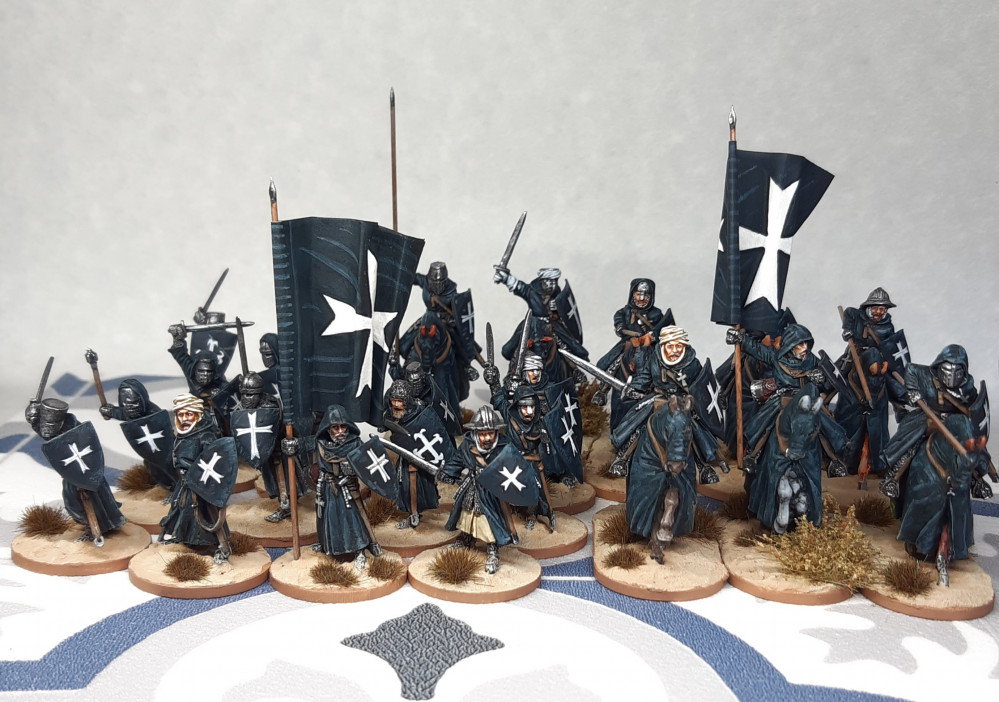
Heading Overseas with the Baron's War
Turcopoles
The Frankish Crusaders came from a culture that no tradition of mounted archers, primarily due to the broken and wooded terrain that characterised Western Europe. This is in stark contrast to the open landscape found in Outremer, and the Crusaders were presented with a formidable enemy in the harassing horse archers and light cavalry that they struggled to counter.
The Franks realised their need for light cavalry to screen their heavy knights and to conduct reconnaissance and scouting, and quickly remedied this, with reference to Frankish light cavalry in primary sources already by 1109.
Frankish mounted archers are misleadingly but consistently referred to as “Turcopoles” in the primary sources of the period. Despite the name, which was borrowed from the Byzantines, the term “Turcopole” in the context of the crusader states refers not to an ethnic group but simply to “mounted archers” — of diverse ethnic character.
Based on numbers at 16 different engagements and other references, research has concluded that the Turcopoles made up on average 50% of the mounted force fielded by the Franks. Furthermore, both the Templars and Hospitallers had Turcopoles integrated into their organizations and their Rule carefully accounts for them.
These six are representative of these light cavalry, used to compliment the heavy cavalry of the Hospitallers.
With these six finished, I’m also exactly halfway through painting up the Outremer Kickstarter models.





























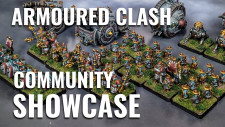











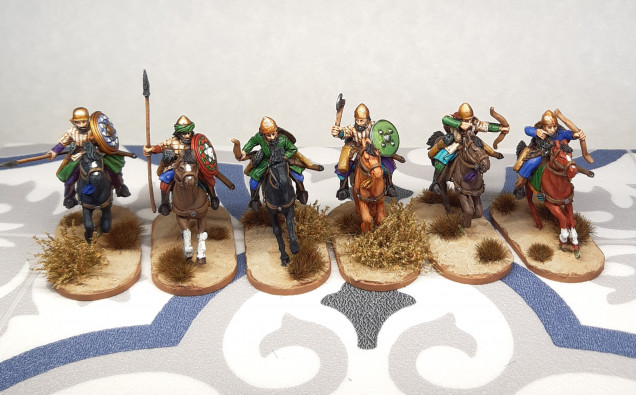

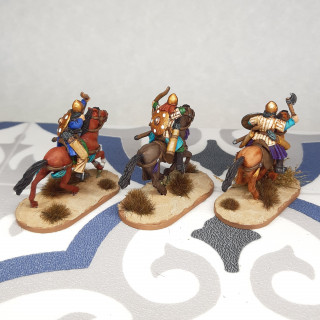
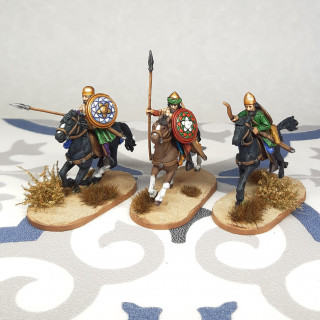
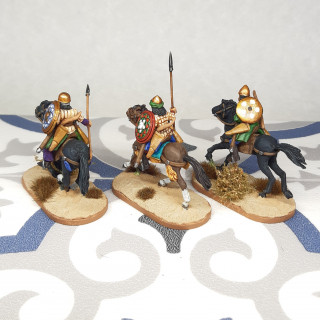

































Leave a Reply